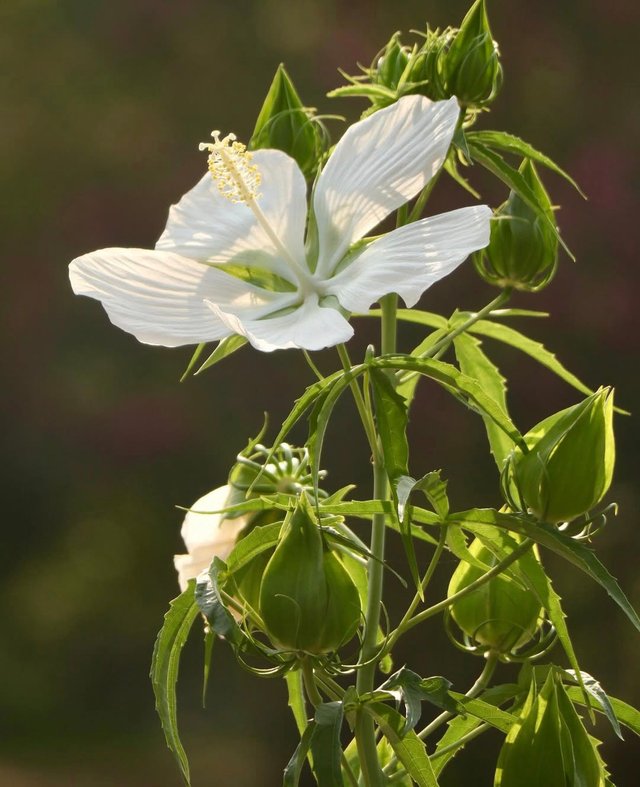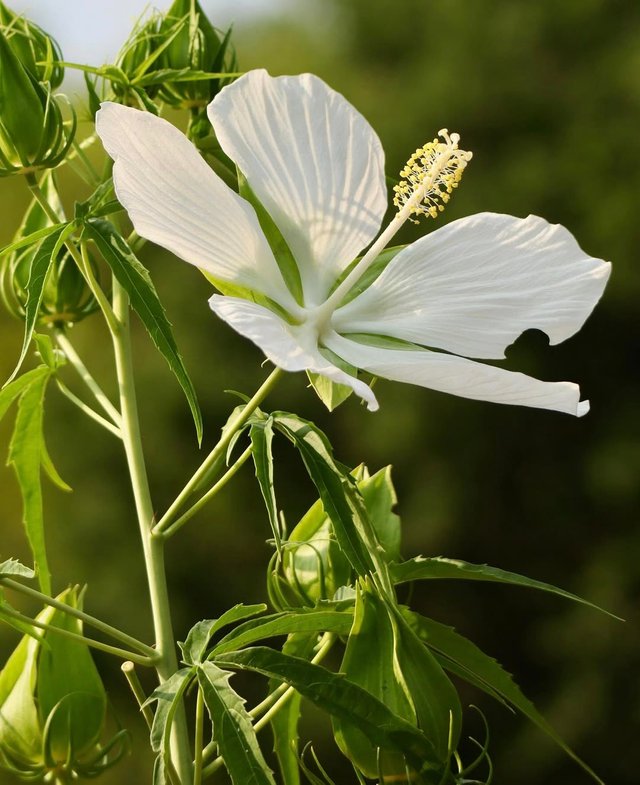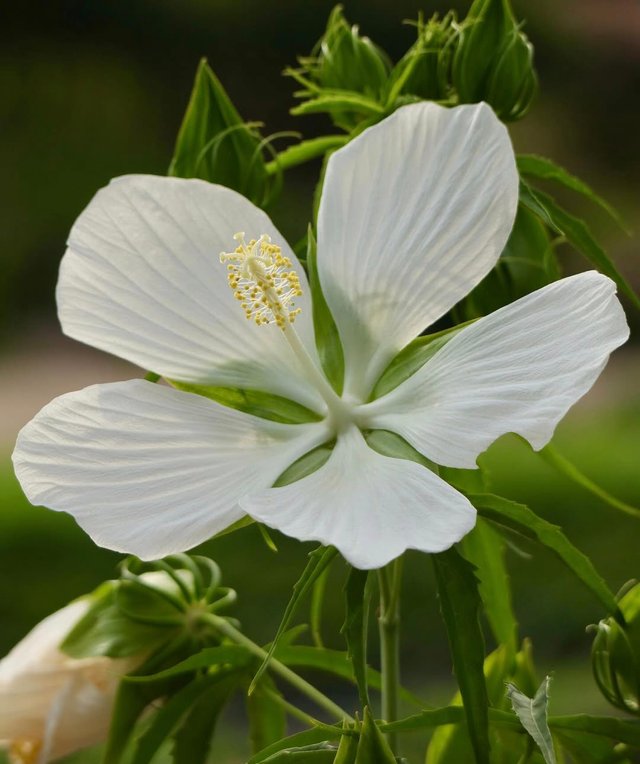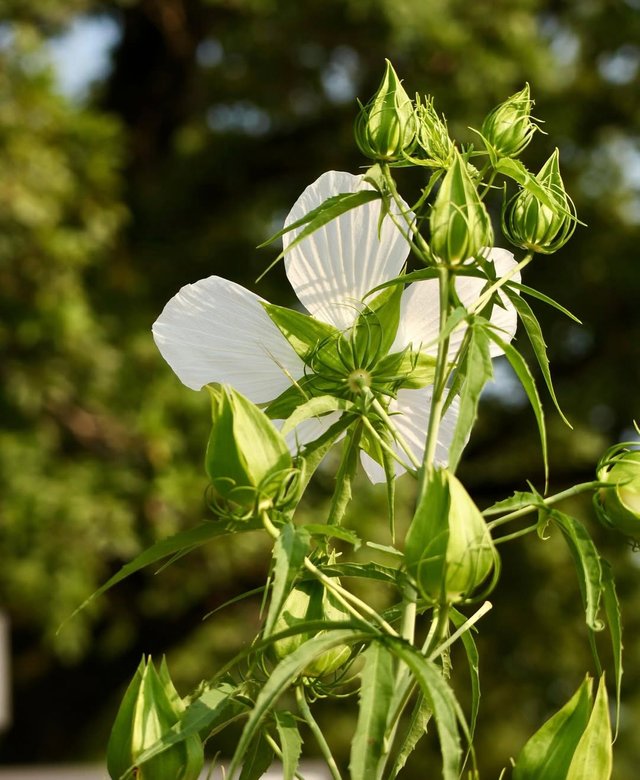Scarlet rosemallow
Scarlet rosemallow is a striking and tall perennial flowering plant native to the southeastern United States and is admired for its large vibrant red flowers that resemble tropical hibiscus blooms despite being naturally suited to temperate climates the plant belongs to the Malvaceae family and is commonly found in wetland habitats such as swamps marshes and along riverbanks it typically grows between 4 to 7 feet tall with an erect and slender growth habit and features deeply lobed palmate leaves that resemble those of cannabis giving it the nickname Texas Star hibiscus or swamp hibiscus the bright scarlet red flowers are star-shaped with five slender petals each.
Spanning 3 to 5 inches across and bloom from mid to late summer into early fall often attracting bees butterflies and hummingbirds which are drawn to their nectar-rich centers the flowers are short-lived lasting only a day or two but new buds open continuously throughout the blooming season making the plant a consistent source of color and wildlife activity in the garden scarlet rosemallow thrives in full sun and prefers moist to wet soils although it can tolerate.
Occasional drought once established it is a hardy and low-maintenance plant suitable for USDA zones 6 through 9 and can be grown in rain gardens borders near ponds or water features or as an eye-catching specimen plant in native plant landscapes propagation is typically done through seeds cuttings or division in early spring and it benefits from cutting back old stems in late winter to encourage vigorous new growth in the spring scarlet rosemallow is not only cultivated for its ornamental beauty but also valued for its ecological role in supporting pollinators and providing habitat structure in wetland restoration projects it is resistant to deer and many pests but may occasionally be affected by aphids or Japanese beetles.



